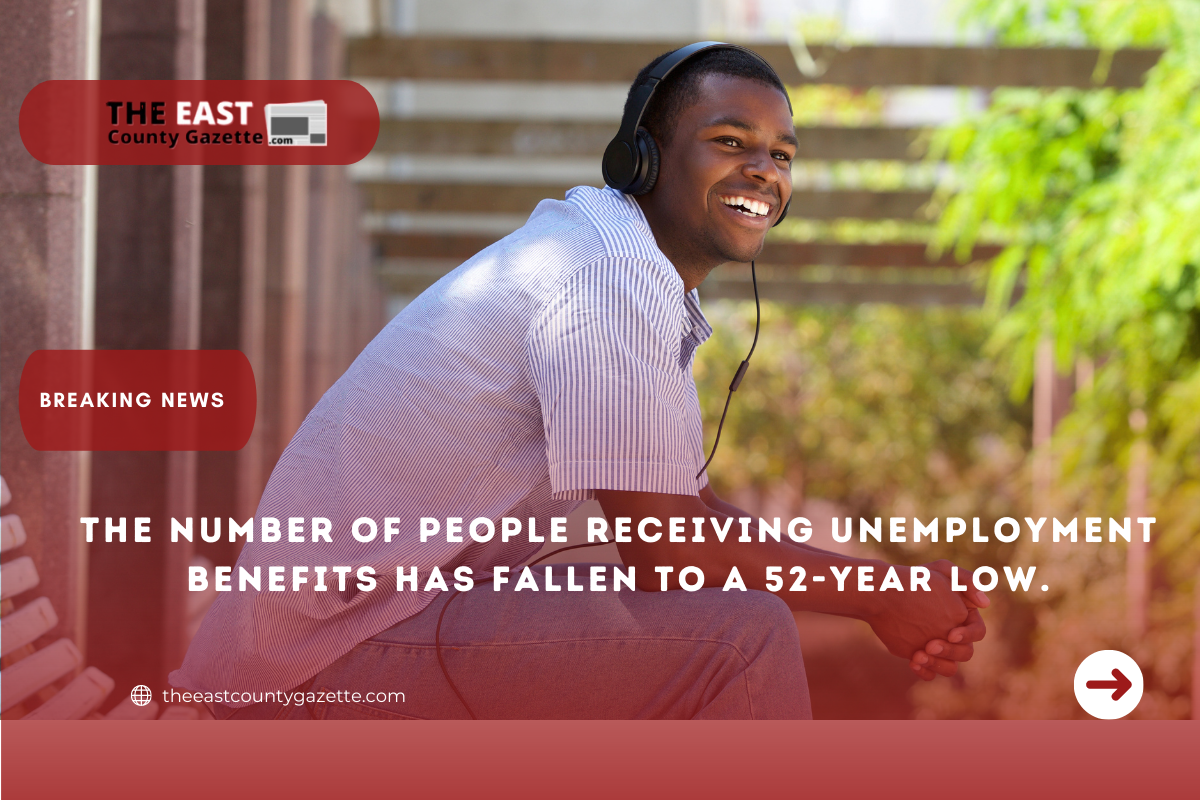Following a further drop in jobless aid applications last week, the number of Americans receiving unemployment benefits fell to a 52-year low, according to the Bureau of Labor Statistics.
The United States Labor Department said on February 25 that initial unemployment claims had decreased by 17,000, from 249,000 to 232,000, for the week ended February 19.

In the midst of the spread of the Omicron variant, which has disrupted the economies of many parts of the United States, the four-week average for claims, which accounts for weekly volatility, fell by 7,250 to 236,250, marking the third consecutive week of declines after five weeks of increases. This follows a five-week period of increases.
According to the government, 1,476,000 Americans received unemployment benefits in the week that concluded on February 5th, representing a fall of around 112,000 from the previous week and the lowest number since March 14, 1970.
First-time applications for unemployment benefits often reflect the rate of layoffs, which have returned to levels that were relatively healthy prior to the epidemic.
The Labor Department reported earlier this month that employers added 467,000 new positions in January, marking a historic increase in hiring since the recession began. It also updated its forecast for job growth in November and December by a combined total of 709,000 positions upward.
As more individuals began seeking jobs, but not all of them were able to find work right once, the unemployment rate increased to 4% from 3.9 percent, still a historically low level for the country.
Businesses created a record 6.4 million jobs in 2021 as a result of increased government spending and the introduction of vaccines. The United States economy expanded 5.7 percent in 2018, the fastest annual growth rate since a 7.2 percent surge in 1984. Employers added a record 6.4 million jobs in 2018.
As a result, inflation is running at 7.5 percent year-on-year, the highest level in 40 years, prompting the Federal Reserve to lessen its monetary stimulus for the economy.
Moreover, the Fed stated that it will begin a series of interest-rate increases in March, undoing policies implemented during the COVID-19 pandemic that boosted hiring and economic growth.

